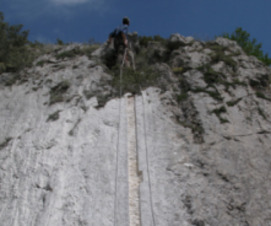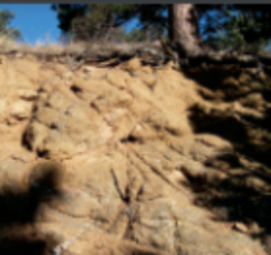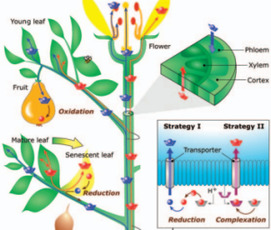Cosmogenic Nuclides: Dates and Rates of Earth-Surface Change
Cosmogenic nuclides are very rare isotopes that are produced when particles generated in supernovas in our galaxy hit the atmosphere and then the Earth’s surface. When the rocks and soils in this thin, ever-changing surface layer are bombarded by such cosmic radiation, the nuclide clock begins to tick, thus providing dates and rates of Earth-surface processes. The measurement of cosmogenic nuclides tells us when earthquakes created topography at faults, when changing climate led to the growth of glaciers, how fast rivers grind mountains down, and how fast rocks weather to soil and withdraw atmospheric CO2. The use of cosmogenic nuclides is currently revolutionizing our understanding of Earth-surface processes and has significant implications for many Earth science disciplines.
Cosmogenic Nuclides: Dates and Rates of Earth-Surface Change Read More »




